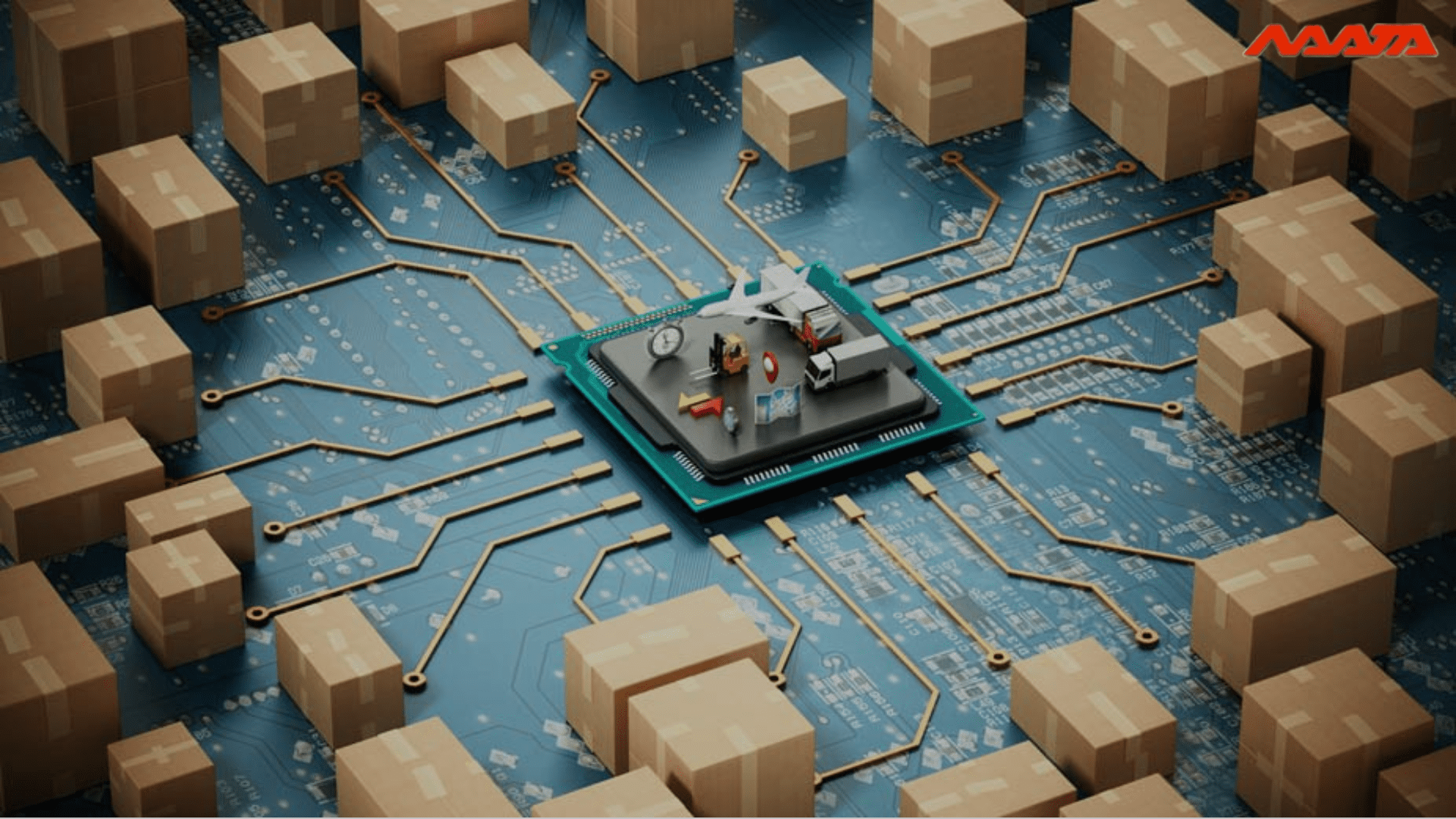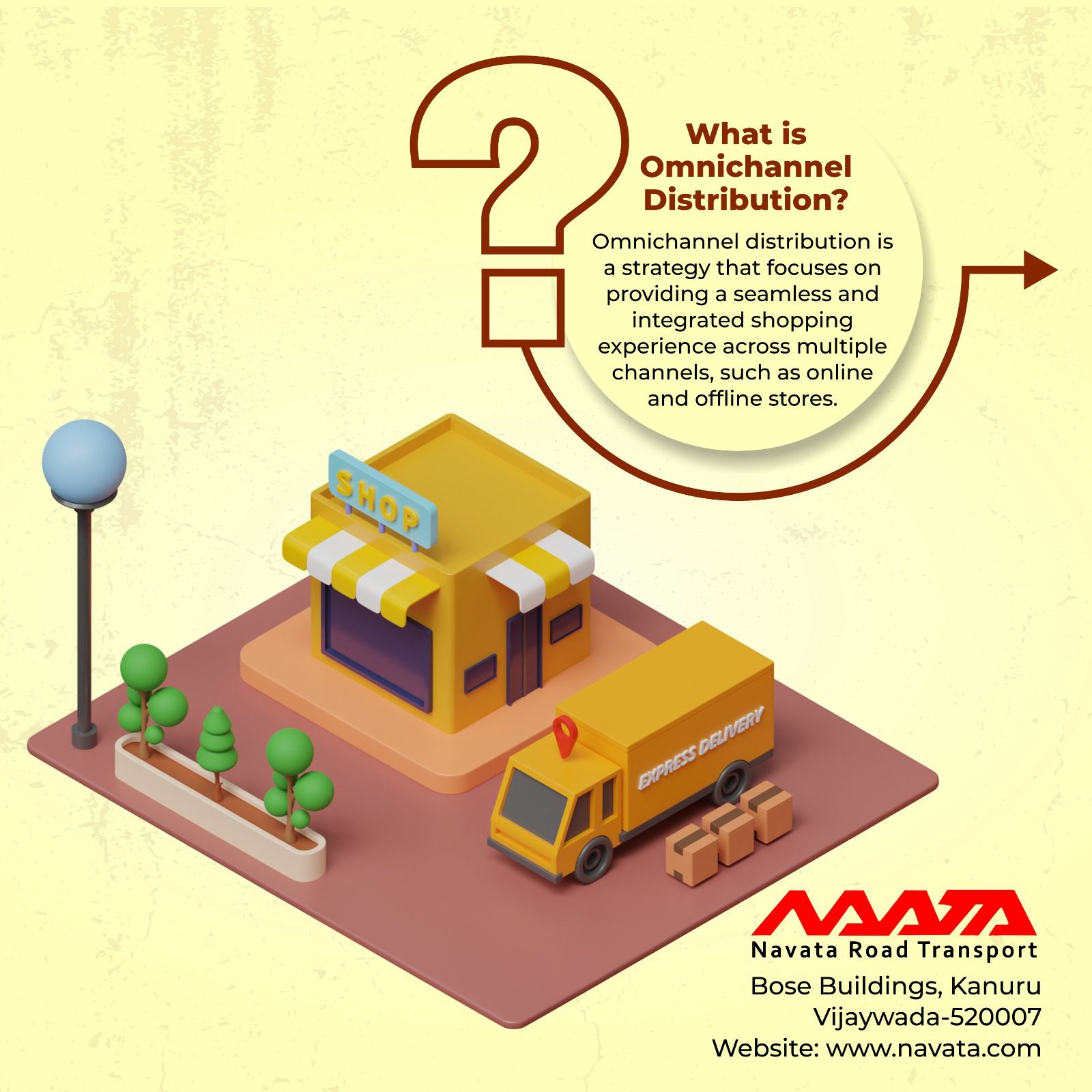What is Omnichannel Distribution: Importance & Difference Between Multichannel Distribution
Table of Contents
What is Omnichannel Distribution?
The terms “distribution center” and “warehouse” refer to a process to which we are already accustomed. Distribution centers are essentially the hubs from which goods are dispensed to a company’s many warehouses. Workers at the warehouse would then manage and distribute these supplies to the shops where they would be sold to consumers.
However, with the advent of eCommerce, and especially the development of multichannel, everything has grown more complex.
Omnichannel distribution is the seamless integration of all channels’ operations and physical product flows with a single contact point.
The term “omnichannel distribution” refers to a multichannel strategy whereby orders placed via several channels may be processed and delivered together with a single touch.
To put it simply, omnichannel distribution integrates all of your channels into one seamless whole. This allows consumers to make purchases and get shipments via whichever method they like. As in the case of goods returns by customers, reverse logistics may also be involved.
As opposed to multi-channel distribution, in which consumers may make purchases online and in physical stores, omnichannel distribution integrates these two channels into a “one-touch” system that facilitates purchases made in-store, online, or both.
Key components of omnichannel distribution include:
Integrated inventory management
Inventory is synchronized across channels to provide accurate product availability information to customers and prevent overselling or out-of-stock situations.
Unified customer data
Customer information is collected and shared across channels, enabling a holistic view of each customer’s preferences, purchase history, and interactions. This data helps tailor the shopping experience and provide personalized recommendations.
Consistent branding and messaging
The brand image, voice, and messaging remain consistent across all channels to create a unified and recognizable experience for customers.
Seamless customer experience
Customers can move between channels without disruption, meaning they can start a transaction on one platform and complete it on another without losing information or encountering barriers.
Integrated fulfillment and logistics
The order fulfillment process is optimized to allow flexibility in delivery options, such as in-store pickup, home delivery, or shipping from a nearby store or warehouse.
Data-driven insights
Data analytics and tracking are used to understand customer behavior, preferences, and trends across channels, enabling businesses to optimize their marketing strategies and improve customer engagement.
What is the Importance of Omnichannel Distribution
Let’s examine the significance of omnichannel fulfillment and see why it’s so important.
Enhanced Customer Experience
Always put the needs of the consumer first. Consumers value variety. Customers like it when a company gives them a few different alternatives from which to choose.
Customers that use omnichannel fulfillment report feeling more respected and in charge of their purchasing choices. It aids consumers in selecting the best product across all available sales channels, selecting a retailer, selecting the most dependable and cost-effective shipping/delivery option, and selecting a suitable payment method. Customers will value your company more if you provide them with options.
Customers are more likely to have faith in your company’s ability to fulfill their demands the more options you provide them. Customers are more likely to make a purchase when they are given agency overall aspects of the transaction (including the choice of sales channel, item, and delivery date).
Quick and Accurate Shipping
Exactly what you ordered, delivered quickly.
Shipping problems are a major reason why customers abandon their carts at shopping sites.
Clientele may be divided into two categories. One who is willing to wait for you for up to three days. Those people who can’t wait an hour for you are the others. Unfortunately, most of your clients fall into the latter category since life is so hectic nowadays.
This is made easier with the omnichannel distribution.
With omnichannel, your stores and online presence will function as one unified entity. As a result, you may get things to your clients quickly and efficiently, no matter where they happen to be.
Lowers The Cost of Filling Orders
Omnichannel fulfillment is one method that may be used to cut down on the expenses of delivery. The process of fulfilling orders across many sales channels using a single system or location is referred to as omnichannel order distribution. Once a consumer places an order via one channel, the system is able to choose the shipment and fulfillment facility that is most convenient and closest to the customer. This helps to cut down on the total delivery distance, as well as the amount of time and money spent on shipping.
High Revenue and Profit
It opens up additional doors of opportunity for your company to generate a profit via sales. There are customers that prefer to use each of the several channels. Utilizing a variety of distribution channels, therefore, boosts the sales and income of a corporation. And the combination of higher income and decreased expenditures results in a rise in profit.
Competitive Advantage
An omnichannel distribution strategy is one way to set a business apart from rivals. With e-commerce and online shopping becoming more and more popular, companies that provide a seamless omnichannel experience have an advantage over those that concentrate only on one channel. Retailers may now fulfill their customers’ convenience, personalization, and flexibility needs.
Data-driven Insights
Omnichannel distribution generates a wealth of data from multiple channels. Retailers can leverage this data to gain valuable insights into customer behavior, preferences, and trends. By analyzing this information, businesses can make data-driven decisions to optimize their marketing strategies, inventory management, and overall customer experience.
What are the Differences Between Omnichannel distribution and Multichannel distribution
In multichannel distribution, items are delivered via a variety of channels, including traditional retail storefronts and online shopping platforms, as well as the company’s website, the websites of its partners, the company’s mobile app, and others. However, the channels are not linked to one another, clients utilize them separately, and there is no integration of the delivery process.
However, there are some key differences between the two approaches:
Integration and Consistency
Omnichannel distribution emphasizes the integration and consistency of the customer experience across all channels. It aims to provide a seamless and unified shopping experience, where customers can switch between channels without any disruption. In contrast, multichannel distribution typically focuses on having a presence on multiple channels without necessarily prioritizing the integration and consistency of the customer experience.
Channel Coordination
Omnichannel distribution requires a high level of coordination and integration between channels. This includes synchronizing inventory, customer data, branding, and messaging across all channels. Multichannel distribution, on the other hand, may treat each channel independently, with separate inventory management and limited coordination between channels.
Customer Journey Focus
Omnichannel distribution centers around the customer journey and aims to provide a consistent experience throughout the entire shopping process. It recognizes that customers may interact with a brand through multiple touchpoints and seeks to create a seamless transition between channels. In contrast, multichannel distribution may focus more on individual channels and their specific strengths without necessarily considering the overall customer journey.
Personalization and Customization
Omnichannel distribution often emphasizes personalization and customization based on customer data and preferences. It utilizes the integration of customer information across channels to provide tailored recommendations, promotions, and a personalized shopping experience. Multichannel distribution may not prioritize personalization to the same extent, as each channel may operate independently.
Customer Control and Flexibility
Omnichannel distribution puts an emphasis on giving customers control and flexibility over their shopping experience. It allows customers to choose their preferred channels for researching, purchasing, and receiving products, with the option to switch between channels as desired. Multichannel distribution may offer various channels, but it may not prioritize providing the same level of control and flexibility to customers.
Overall, the omnichannel distribution goes beyond merely offering multiple channels for selling products. It aims to integrate and unify the customer experience, provide a seamless journey, and prioritize personalization and customer control. Multichannel distribution, on the other hand, may focus more on having a presence on various channels without necessarily prioritizing integration, consistency, and the customer journey.

Thanks For Reading: What is Omnichannel Distribution: Importance & Difference Between Multichannel Distribution
Powered By 360Presence





